Sustainability and climate protection are topics of outstanding importance for all of us. Both as manufacturers and consumers, we are responsible for the conscious selection and use of energy resources. The intelligent and sustainable use of natural, renewable raw materials such as wood as a renewable energy source, in combination with energy-efficient heating systems, contributes to meeting ambitious climate protection targets and low emissions. The use of firewood saves millions of tons of CO₂ in Europe and makes a significant contribution to reducing greenhouse gases.
Heating with wood brings many advantages. For example, wood is not only a renewable resource, has a high energy value, a low emission factor and is efficient. It also contributes, among other things, to the reduction of emissions from wood combustion in households.
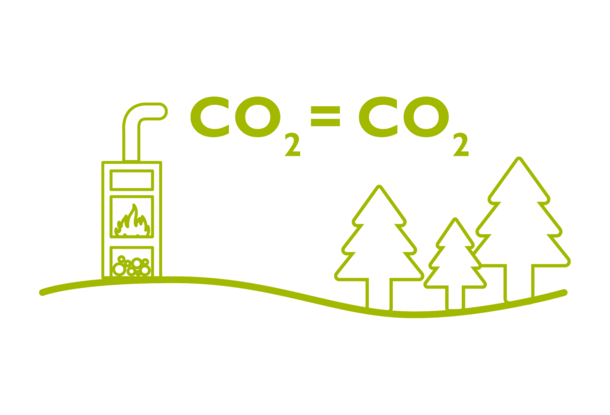
Wood is a renewable resource that releases only as much carbon dioxide (CO₂) when burned as it does during the natural decomposition process in the forest, or as much as the tree absorbed from the atmosphere during its growth.
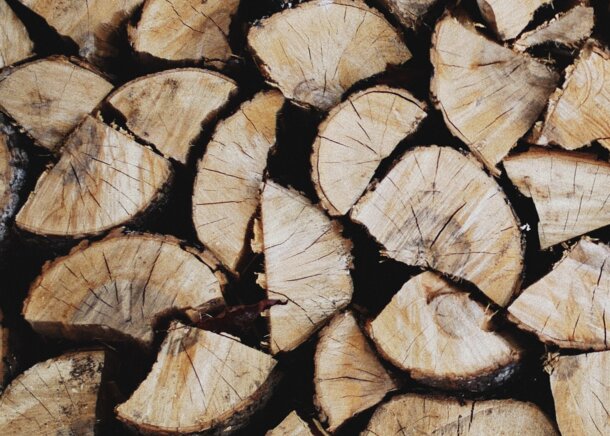
Firewood has a high energy value. Oak, for example: While it has a residual wood moisture content of about 15 - 20%, its calorific value is 4.2 kWh per kilogram.
Firewood has a high energy value. Oak, for example: While it has a residual wood moisture content of about 15-20%, its calorific value is 4.2 kWh per kilogram. Today, 9% of the world's current energy supply (560 EJ) comes from forests, accounting for nearly 49 EJ. In 2035, according to estimates by the World Bioenergy Association, 13-15% of the world's energy needs will most likely be met by wood (72-84 EJ). The abbreviation EJ stands for exajoule and is a unit of measurement for energy.
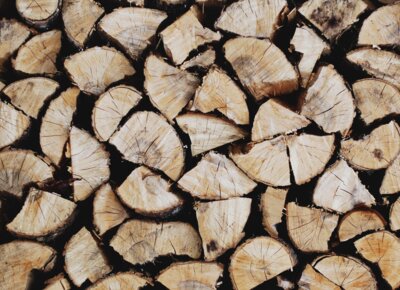
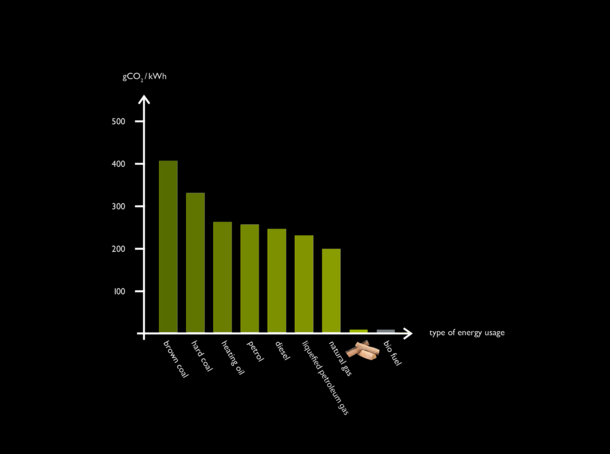
The impact of air pollution on our health and environment is so enormous that air pollution is the second biggest environmental issue after climate change. Firewood has a low emission factor compared to other energy sources, with a very low primary energy factor of 0.2.
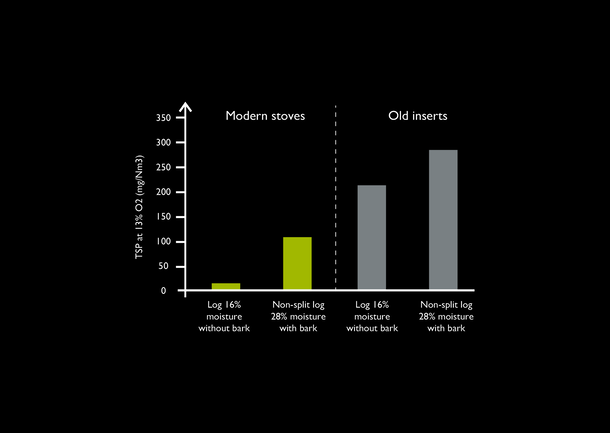
Wood burning in households with old stoves and open fires contribute much more to environmental pollution than modern stoves. Old stoves are part of the problem, new stoves are part of the solution. In the graph, the abbreviation TSP stands for Total Suspended Particles.
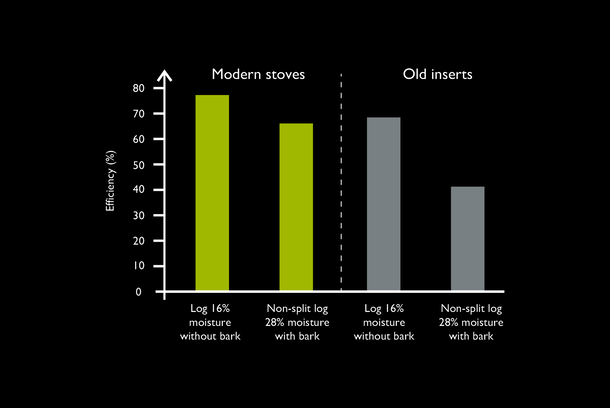
Today's Schiedel technology can dramatically increase furnace efficiency by up to 86% while reducing emissions by 2/3 compared to older inefficient furnaces. While old and inefficient stand-alone stoves and open fires make the problem worse, new technologies offer cleaner and more efficient options. We could dramatically reduce emissions if consumers do both: replace old appliances and use only the highest quality dry wood.

30% of annual forest growth remains in the forest. The European forest area increases by the area of a soccer field every minute, so the potential of carbon sequestration will increase in the coming decades.
Sustainable use of the whole tree: Wood as a raw material is not only a great source of energy and heat, but also suitable for use in building structures or for the production of wooden furniture.
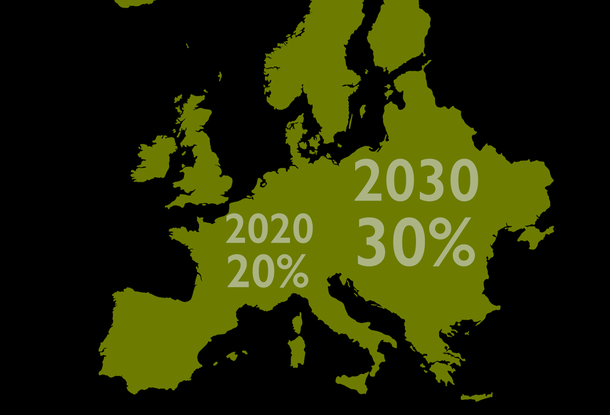
In addition to energy conservation, the EU is focusing on renewable energies such as biomass and wood in particular. Our energy systems must become free of fossil fuels. The EU plans to expand renewable energies to at least 30% by 2030.
Hardwood is more suitable for use in the stove than softwood. Soft wood has a high resin content and therefore a shorter burning time. Thus, these four types of wood are ideally suited for combustion - beech, oak, birch and spruce.
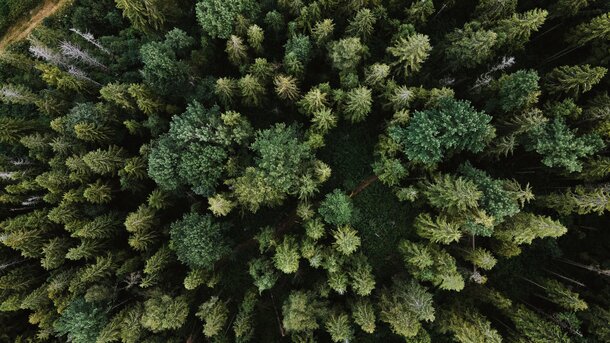
Make sure that the firewood comes from regional forests and sustainable forestry. In this way you support environmental protection and act sustainably. The optimal firewood has been dried for over a year and has a residual moisture content of 15-20%. Since damp/fresh firewood is heavier than well-seasoned firewood, you also get less wood for your money.
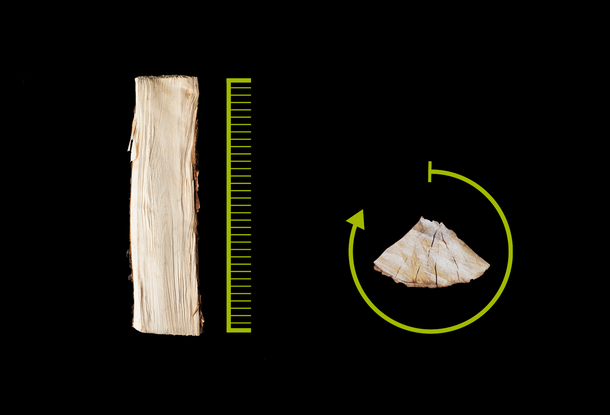
Choosing the right firewood is crucial for its calorific value. The size of the logs should match the size of the stove. For most stoves, this means a length of the log between 25 and 30 cm, while the circumference should not exceed 25 cm.